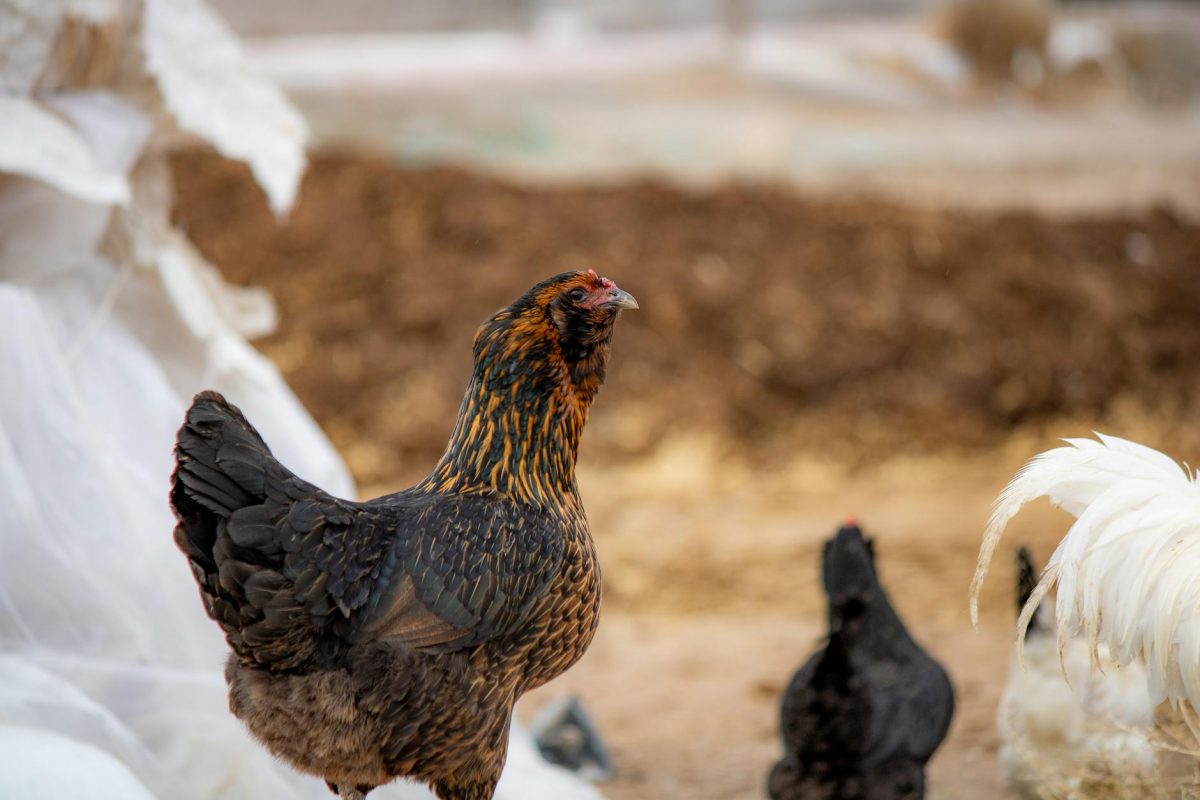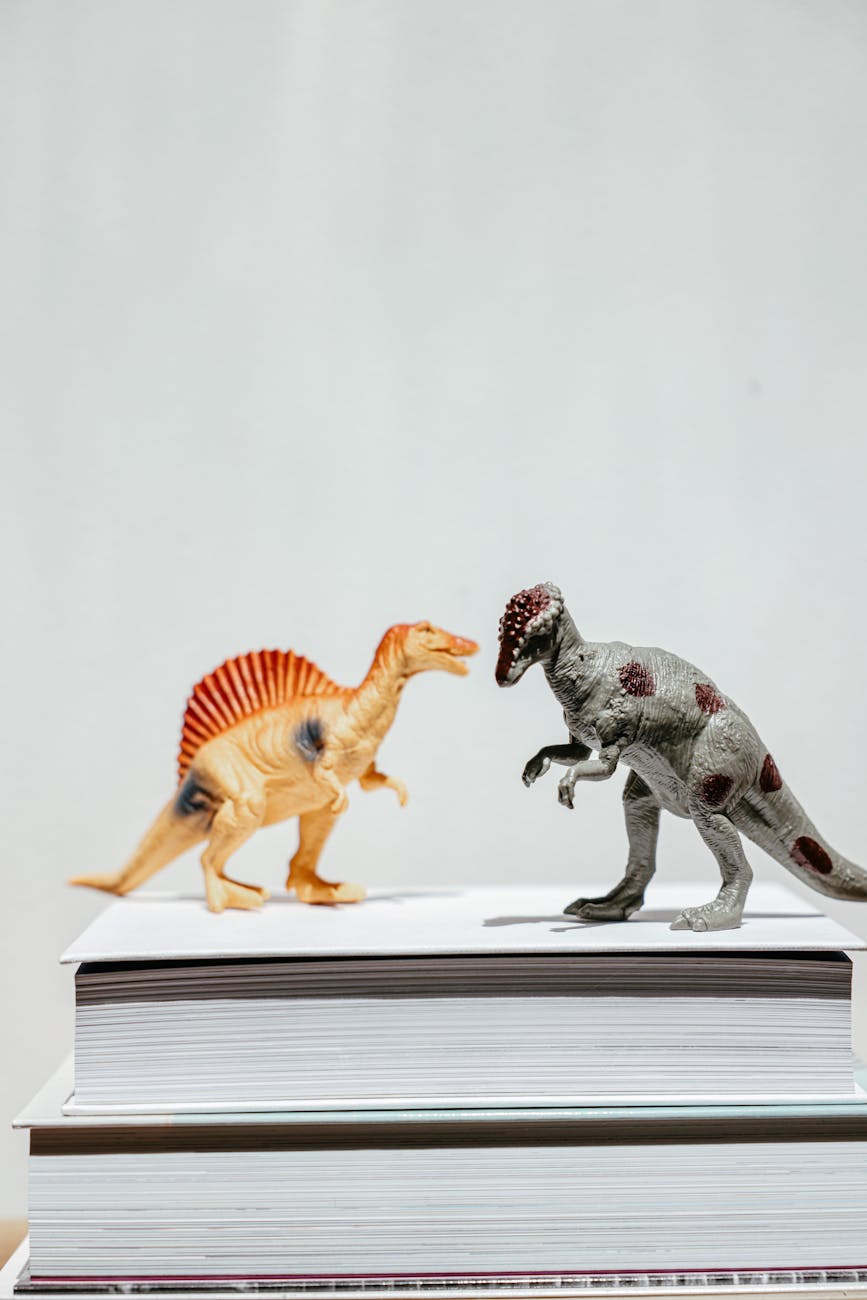When it comes to poultry farming, one of the most fascinating aspects is the diverse spectrum of chicken breeds that exist in the world. From fluffy feathers to striking colors, the variety of chickens found in colorful coops is truly a sight to behold. Let’s delve into the vibrant world of chicken breeds and explore the unique characteristics that make each one special.
The Colorful World of Chicken Breeds
A Rainbow of Feathers: Egg-cellent Colors of Chickens
Chickens come in a wide range of colors, from the classic white Leghorn to the majestic Rhode Island Red with its deep red feathers. Some breeds boast intricate patterns and shades, such as the Barnevelder with its striking double-laced feathers or the iridescent sheen of the Ameraucana’s plumage. Whether you prefer the vibrant blue of the Araucana or the golden hue of the Buff Orpington, there is a chicken breed to suit every aesthetic preference.
Fluffy, Felty, and Fabulous: Different Types of Chicken Feathers
Beyond color, chicken breeds also vary in the texture and appearance of their feathers. Some breeds, like the Silkie, feature soft, fluffy feathers that resemble downy fur, giving them a unique and adorable appearance. Others, such as the Frizzle, have feathers that curl outward, creating a charming and distinctive look. With so many feather types to choose from, chicken enthusiasts can mix and match breeds to create a visually captivating flock.
Size Matters: Bantams vs. Standard Breeds
In the world of chickens, size is a defining characteristic that sets different breeds apart. Bantam breeds are miniature versions of standard breeds, with compact bodies and adorable proportions. Despite their small size, bantams are full of personality and make delightful additions to any flock. On the other hand, standard breeds are larger and more robust, known for their egg-laying prowess and meaty qualities. Whether you prefer the petite charm of bantams or the hardiness of standard breeds, there is a chicken size to suit every farmer’s needs.
Heritage Breeds: Preserving the Poultry Past
Heritage breeds are the unsung heroes of the chicken world, representing traditional breeds that have been passed down through generations. These breeds often have historical significance and cultural importance, making them valuable assets to preserve for future generations. Examples of heritage breeds include the Plymouth Rock, Sussex, and Wyandotte, each with its own unique characteristics and contributions to poultry farming. By supporting and raising heritage breeds, farmers can help maintain genetic diversity and safeguard these treasured chicken varieties for years to come.
Conclusion
In conclusion, the world of chicken breeds is a colorful and diverse one, filled with an array of feather colors, textures, sizes, and historical significance. From the elegant plumage of the Araucana to the endearing fluffiness of the Silkie, each chicken breed offers its own unique charm and appeal. Whether you are a seasoned poultry farmer or a backyard enthusiast, exploring the vibrant variety of chicken breeds is sure to delight and inspire. So next time you visit a colorful coop, take a moment to appreciate the beauty and diversity of these fascinating feathered friends.




